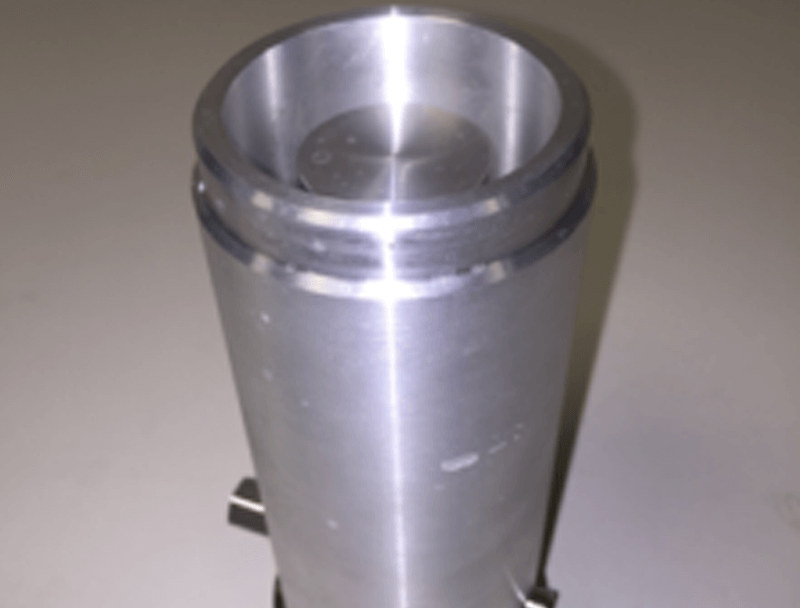Electrostatic Testing
BS EN 60079-32-2: 2015 / BS 5958 (Withdrawn) / DIN 51412-1
The test is conducted to establish whether a liquid will allow electrical charge to migrate through it or not and therefore its ability to accumulate and retain charge. The liquid to be tested is slowly charged into a cylindrical, measuring test cell comprising of an inner pole and a concentric outer electrode. A voltage is applied and current is measured from one electrode to the other. Using current value measured, a liquid conductivity is calculated using the test cells constant, determined from its geometry.

The test allows for correct handling procedures to be established. A material with a low conductivity would be considered to be insulating and therefore stop migration of charge. With a charging mechanism present, accumulation of potentially hazardous levels of charge may occur. A material with a high conductivity would be considered to be static dissipative or conductive and freely allow charge to migrate, therefore, providing it is adequately connected to earth, charge accumulation will not likely occur. Charged material can in turn, through induction charging, charge local isolated conductors, which could present an ignition risk if located within a flammable atmosphere i.e. electrically isolated personnel working in a potentially flammable atmosphere where the insulating liquid is either being handled or stored. Conductive materials should equally be treated with caution and always be earthed. Discharges from the surface of a charged, isolated conductive liquid can easily cause ignition of head space vapours.

Powder Volume Resistivity
Read More
Charge Relaxation Time for Powders
Read More© 2024 Sigma-HSE (India) Pvt Ltd | Registered in India No. U93000DL2014PTC266010 | Designed By WebClixs